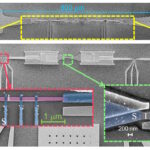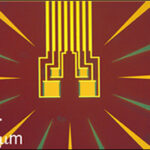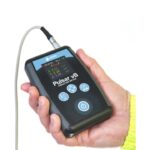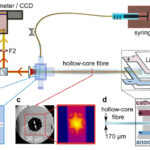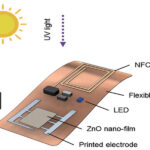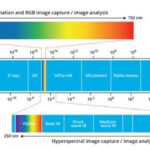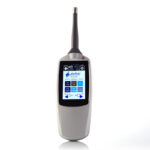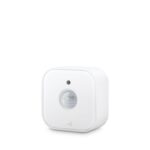Bolometers based on superconducting Josephson junctions (JJs) can be used for several types of sensors, including transition edge sensors, Josephson escape sensors, and radiation threshold detectors. This articddle first presents the structure of a basic bolometer and then looks at how that structure can be varied to produce different types of sensors. A bolometer is […]
Featured
How is a transition edge sensor used in astrophysics?
A transition edge sensor (TES) is a microcalorimeter based on superconductivity. Compared with alternative technologies like energy dispersive X-ray spectroscopy (EDS), a TES can provide higher resolution measurements and resolve emission lines at closely adjacent energies. In astrophysics, TES is used to measure the relative abundance of elements like boron, carbon, and oxygen versus silicon […]
What sensors and measurements can prevent HAVS?
Hand-Arm Vibration Syndrome (HAVS) injuries can occur in industrial and other work situations. Also called Raynaud’s phenomenon, vibration-induced white finger, and traumatic vasospastic disease, HAVS has been well known and documented since 1918. It is a prevalent occupational hazard in the construction, forestry, manufacturing, and mining industries, where workers are at high risk of developing […]
What are the applications for hollow core fiber optical sensors?
Hollow core fiber (HCF) optical sensors are used in applications including Li-ion battery research and development (R&D), robotic arms, civil engineering infrastructural health monitoring, and biosensing. Some of the attributes of HCF optical sensors are small footprints, non-conductance, chemical stability, and high dynamic ranges. In the case of activities like Li-ion R&D, HCFs can be […]
How are zinc oxide (sunscreen) WBG nanomaterials used in sensors?
Zinc oxide (ZnO) is a common ingredient in sunscreen lotions. Less well-known is the fact that it’s also a wide band gap (WBG) semiconductor (3.4 eV). As a nanomaterial, ZnO is being used to develop a wide variety of sensor technologies. Sensor applications for ZnO include health monitoring, chemical sensing, biomedical, and environmental sensors. Some […]
How can you detect LEL?
For combustible gases, the Lower Explosive Limit (LEL) or Lower Flammable Limit (LFL) is the minimum concentration of vapor in air below which the propagation of the flame does not occur when it contacts an ignition source, such as a spark or flame. In a specific area or space, if the LEL of a gas […]
What is hyperspectral imaging?
Hyperspectral imaging is the most comprehensive of the three common image processing technologies. The other two technologies are red-green-blue (RGB) imaging and multispectral imaging. All three are noninvasive and nondestructive and give engineers and scientists different ways to analyze objects. RGB imaging can be quick and inexpensive to implement and provides basic information about an […]
What pressure levels impact the eardrum?
Previous blogs have discussed human body pressures including blood pressure and optical pressures. However, there are several more pressure measurements for different body locations that need to be considered. For example, the pressures created by different situations on the human ear, and specifically the eardrum, are critically important. High noise environments such as industrial machinery […]
How Matter impacts sensors: part 2
Part 1 of this article discussed sensors and products compatible with the Connectivity Standards Alliance (CSA) Matter standard that were announced at CES 2024. This included a Matter-compliant bridge that allows previously available products to be Matter-compliant. Compliant products gain the benefits of ease of interconnectivity via Wi-Fi and increased security through Matter’s use of […]
How Matter impacts sensors: part 1
With the support of connectivity companies such as Amazon, Apple, Google, Samsung Electronics, and more, the Connectivity Standards Alliance (CSA) announced the Matter standard in October 2022. The standard’s intent is to provide secure and easy-to-configure interconnected products for consumers. That type of interconnectivity is essential to smart homes. When Matter 1.2 was announced in […]

